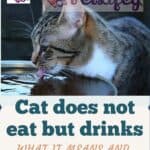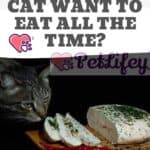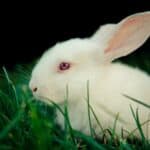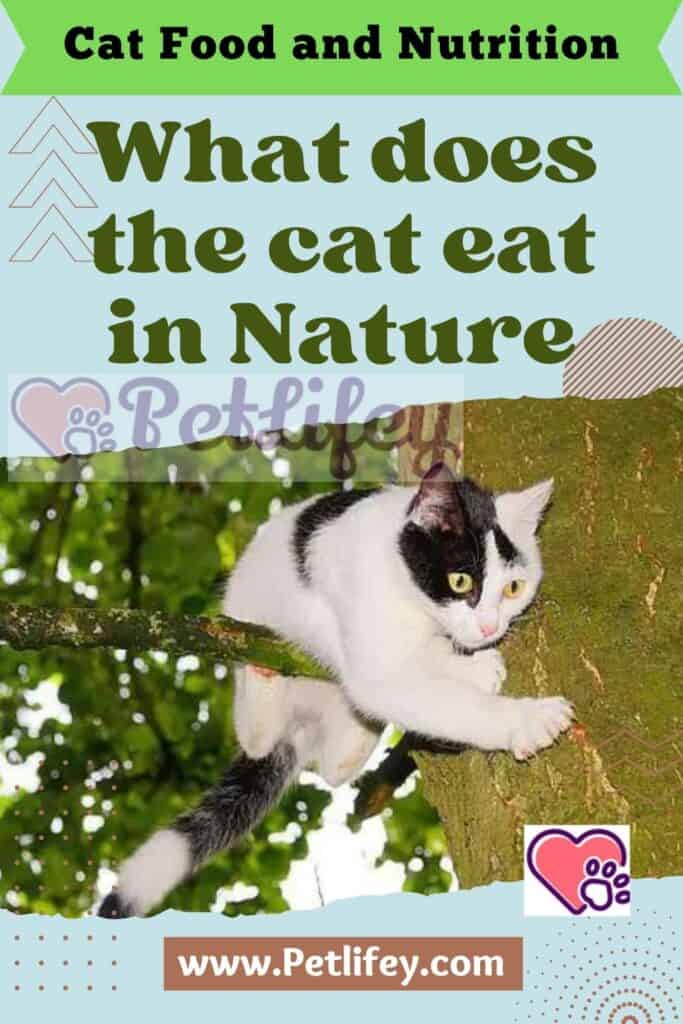
To feed cats in the best way it is important to know what cats eat in nature. Here’s what to know about its nutrition.
The domestic cat, as we know, is treated by us as if it were a king (or almost). We never let him lack for anything: we choose the most comfortable and welcoming kennel for him, we fill the house with an infinite number of games, including the much loved scratching post, so as to never make him bored in our absence.
And again, we constantly take him to the vet to monitor his health and we guarantee him always a high quality diet, so that he takes all the nutrients his body needs to grow strong and healthy.
Speaking of nutrition, how many of you have heard from experts in the feline world, or from the vet, that to be “healthy and balanced” it must be as close as possible to what a cat would eat in nature?
Let’s face it, almost every day. But concretely, what is this diet that many tell us to rely on? Let ‘s find out what the cat eats in nature: so that we too are “top experts” (or almost) when we talk about its “diet”.
What does the cat eat in nature
The domestic cat, to grow strong and healthy, must follow a specific diet that lays the foundations on what it would eat in nature, and therefore on what its wild cousins are still used to eating daily.
Of course it is unthinkable to establish a “strictly linear picture”, as the cat’s diet in nature, as this varies based on many factors, the main ones are:
- the prey available and the “context” in which the cat lives: if a “stray” cat lives in the city it will certainly not be able to hunt the same prey as a cat that lives in a rural area, for example;
- seasonal changes;
- its abilities, mainly related to the sex of the cat: a female will be less skilled in hunting, especially “bigger” prey than a male;
- his preferences: just like us, even kitty has its own tastes. Even in nature there are “different flavors”, and the cat, very demanding, knows which one he prefers.
Generally, however, it is possible to establish some very significant “fixed points”:
- in nature, the cat feeds on small quantities of food all day long: basically in the 24 hours a day it makes about 20 meals, managing to cover all its energy needs;
- it is used to hunting small prey: it rarely goes further, targeting a prey with physical features larger than its own, as hunting it would be much more difficult;
- the cat likes “tasty” foods: that is, foods rich in glutamate, an amino acid present in proteins, especially animal proteins and which the cat is able to perceive well in its prey;
- he refuses sweet, as it does not have the receptors for this taste: this is why in nature he rarely eats a sugary fruit;
- it is very sensitive to bitterness, it rejects it almost with disgust: for this reason it keeps well away from some amphibians that secrete bitter substances, some even poisonous, from the skin.
Therefore, in nature the cat knows very well which prey to hunt and which to keep at a safe distance, so as not to run the risk of poisoning or getting sick and hurt. But what are the specific foods that my cat eats in nature?
- Rodents: examples are mice and rats, but also rabbits and hares;
- Birds: such as sparrows or robins;
- Insects: examples are lizards, snakes, spiders and grasshoppers;
- rarely, it also eats other animals: such as bats, moles and squirrels.
These are foods that give a cat, in nature, all the nutrients it needs, it loves to hunt them and eat them “with taste” without leaving anything: organs, muscles, bones and even feathers, are used by his body to prevent stroke disorders digestive.
What to know
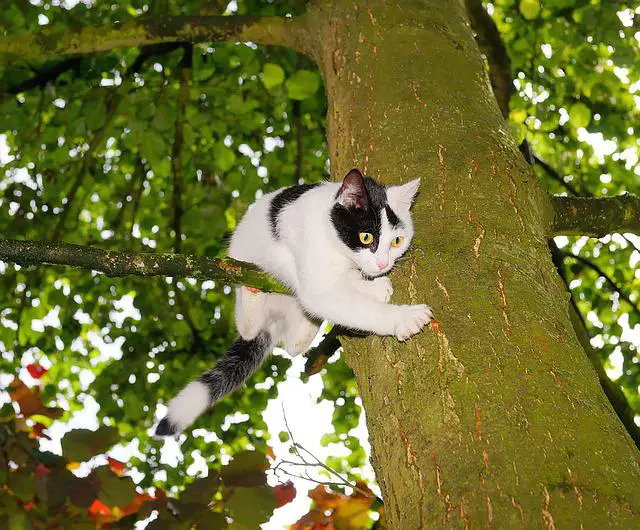
The cat is an excellent predator, carnivore in all respects, and observing which foods it loves to feed on in nature did not escape us a detail: plants have not been mentioned.
Yes, cat in nature does not eat either plants or fruit, vegetables and cereals. And it is precisely for this reason that the domestic cat’s diet must be based mainly on animal proteins. Vegetables have to cover only a very small percentage of its daily requirement.
A recent study, whose goal was precisely to determine “the appearance of the cat’s natural diet”, stated that in nature a cat kills and spells about 9 mice daily, obtaining the right calories from this “diet”. needs divided as follows:
- 52% animal protein;
- 46% fat;
- only 2% carbohydrates (present inside the entrails of its prey).
Therefore, based on this study, it is important to choose the food for our domestic cat wisely: a lot of animal proteins, a moderate amount of fat and very few carbohydrates.

